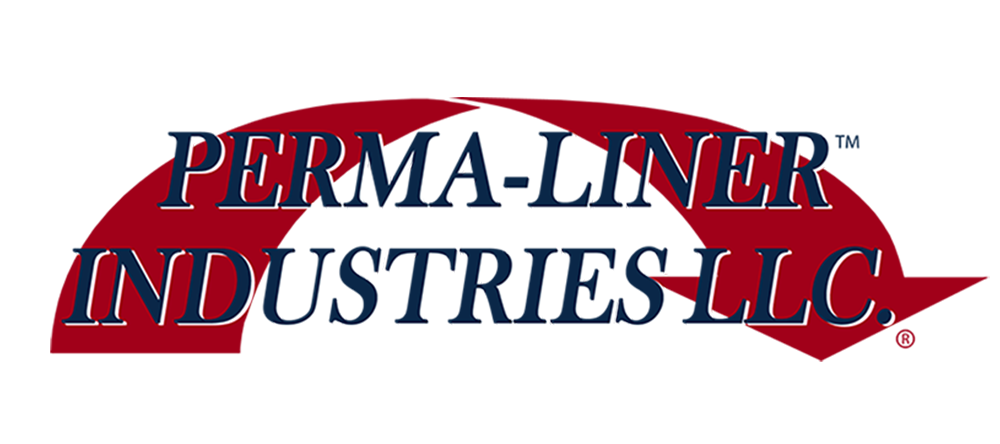In Minneapolis there are many appealing landscape designs which can assist in the effort to reduce runoff from storm water. With an assortment of plant arrangements that can add value to your home, as well as a certain finesse to your yard, there is an abundance of creative choices for the gardener. In comparison to the importance of season, region and temperature for planting season, the sewer system is also affected by these attributes. Specifically, the digestion process can be helped or hindered. This procedure is a method of managing waste that enters the collection system, where microorganisms break down biodegradable material- with the lack of oxygen. Interestingly, waste degenerates at a faster rate when temperatures are warmer. The opposite is true during the colder months in Minneapolis, when winter temperatures are low. The degradation process takes longer and stays in the treatment system for a longer period of time. Septic tanks are also influenced by climate temperature; affecting the mixing processes. This is a favorable outcome for cold climates with larger septic tank capacities. Cold temperatures will slow all biological reactions in the soil, reducing the rate of wastewater treatment.
Did you know? The U.S. Bank Stadium for the Vikings has a capacity for supplying up to 2,000 gallons of water per minute, for over 900 bathroom stalls. This impressive 66,200 seat stadium has a fully operational basement containing four end-suction pumps: three large and one small, designed to work with the 75-horsepower variable frequency drives (VFDs) installed in the water system. A VFD-based booster pump system maintains more accurate control across a wider range of flow rates while lowering energy use and pump erosion. To ensure the water system was completely operative prior to opening day, hundreds of workers and volunteers took part in a massive flush experiment. During this cooperative effort, every participant simultaneously flushed each of the toilets. All systems go!










